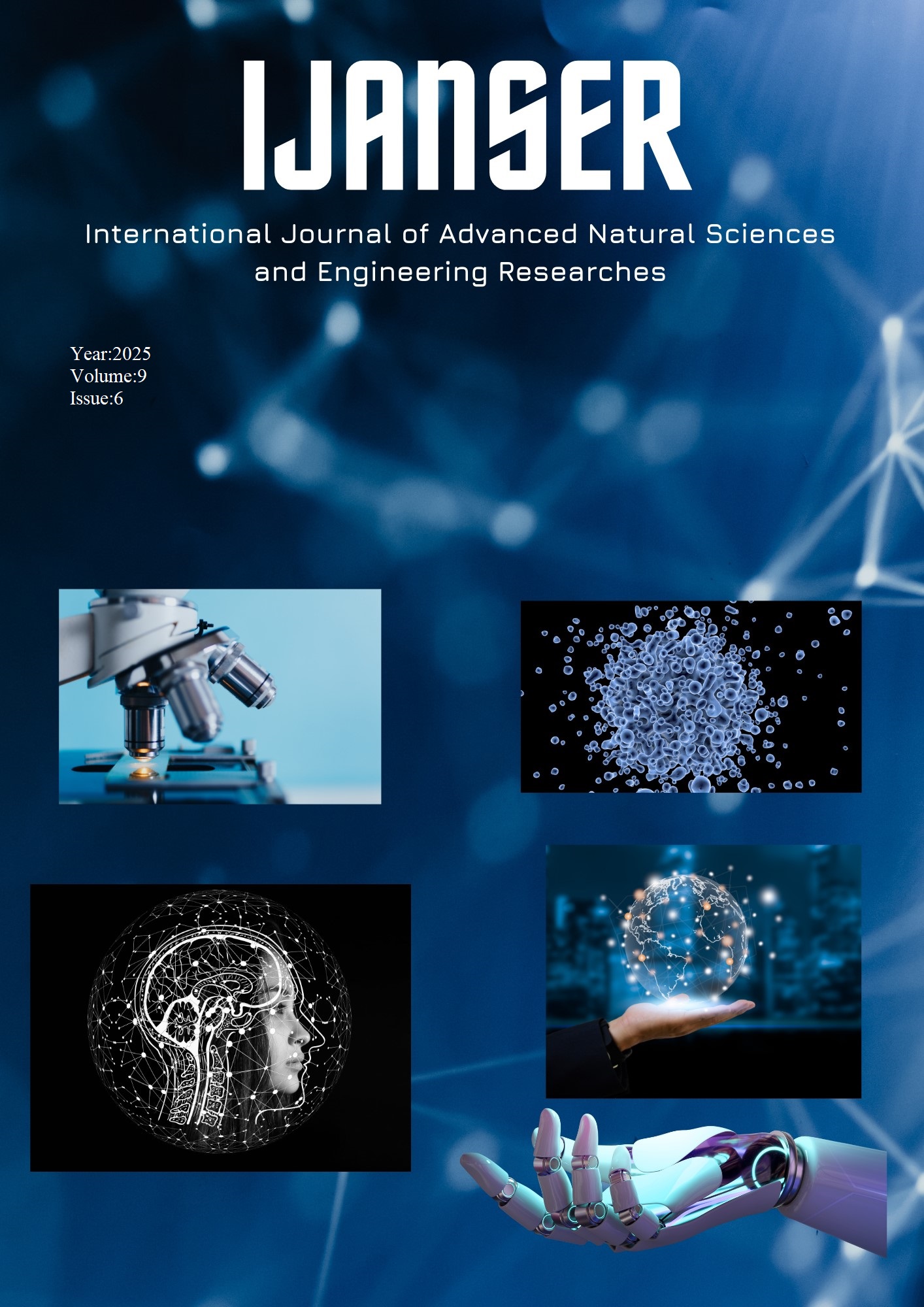Alterations in Plant Fatty Acid Composition Induced by Insect Herbivory and Elevated Carbon Dioxide: A Case Study on Halyomorpha halys (Stål, 1855) (Hemiptera: Pentatomidae)
Keywords:
Halyomorpha halys, Saturated fatty acids, Unsaturated fatty acids, Plant–insect interaction, CO2 applicationAbstract
In this study, the impact of brown marmorated stink bug Halyomorpha halys (Stål, 1855) (Hemiptera: Pentatomidae) feeding activity on the saturated and unsaturated fatty acid composition of pepper, tomato, and bean leaves was investigated under two different atmospheric carbon dioxide (CO2) concentrations (600 ppm and 670 ppm). Leaf samples were collected from plants subjected to varying levels of insect feeding damage under controlled laboratory conditions and analyzed using gas chromatography. The results revealed that both H. halys herbivory and elevated CO2 levels induced significant alterations in plant fatty acid profiles. Specifically, the levels of saturated fatty acids such as palmitic acid (16:0) and stearic acid (18:0) increased proportionally with the intensity of feeding damage, while the concentrations of unsaturated fatty acids such as linoleic acid (18:2 n6) and linolenic acid (18:3 n3) varied depending on CO2 concentration and damage severity. These findings indicate that fatty acid metabolism plays a crucial role in plant defense mechanisms and is modulated by both biotic stress (insect herbivory) and abiotic stress (CO2 application). This study contributes to the biochemical understanding of plant–insect interactions and provides foundational data for the development of future biological control strategies and climate change-related impact assessments.





